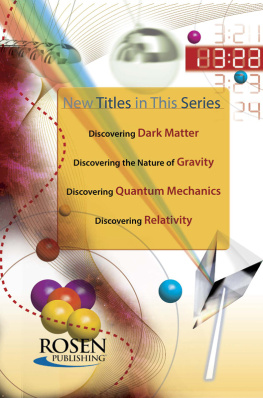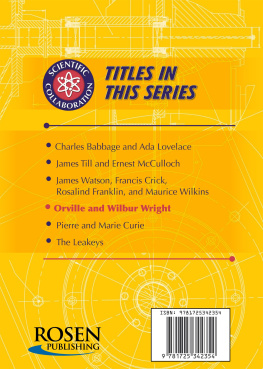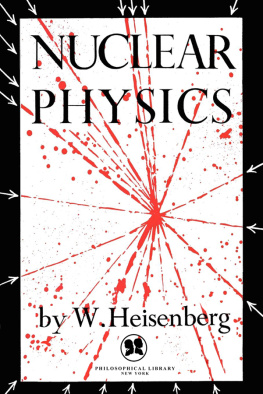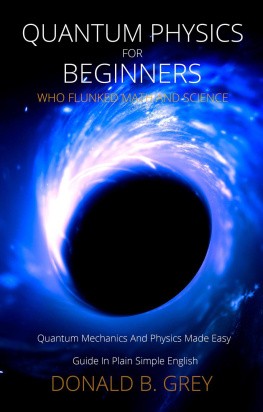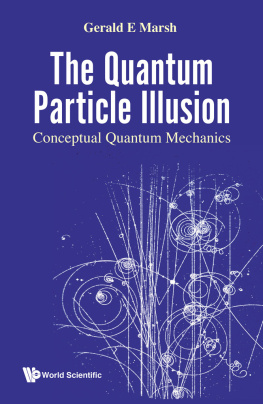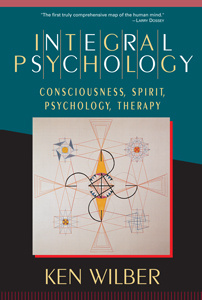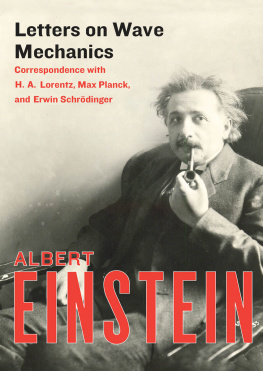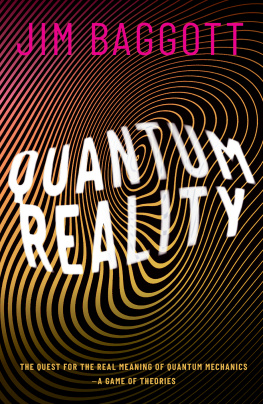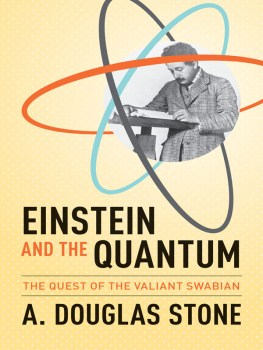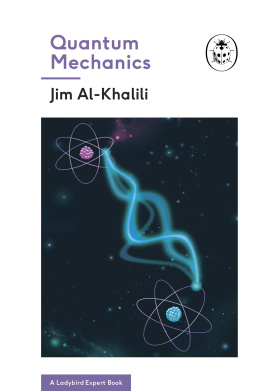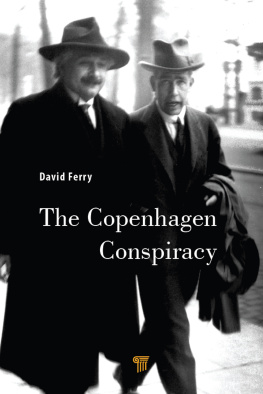Page List
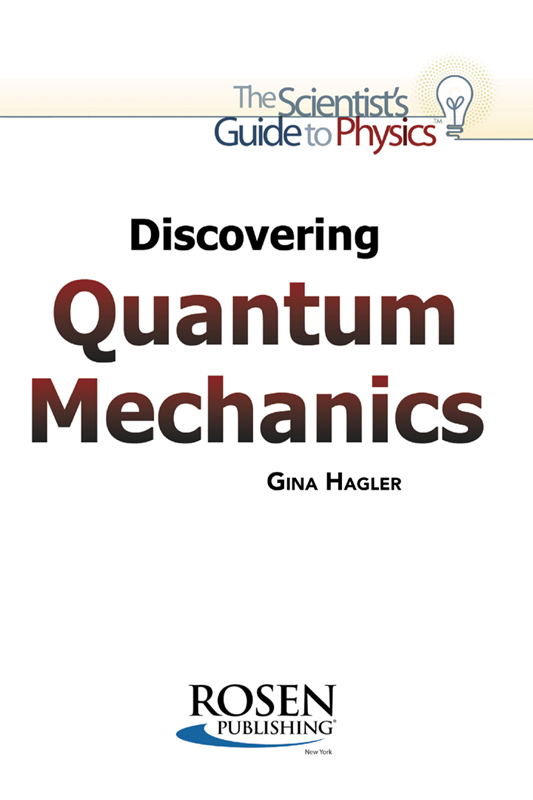
Published in 2015 by The Rosen Publishing Group, Inc.
29 East 21st Street, New York, NY 10010
Copyright 2015 by The Rosen Publishing Group, Inc.
First Edition
All rights reserved. No part of this book may be reproduced in any form without permission in writing from the publisher, except by a reviewer.
Library of Congress Cataloging-in-Publication Data
Hagler, Gina, author.
Discovering quantum mechanics/Gina Hagler.First edition.
pages cm.(The scientists guide to physics)
Includes bibliographical references and index.
Audience: Grades 712.
ISBN 978-1-4777-8002-2 (library bound)
1. Quantum theoryJuvenile literature. I. Title.
QC174.123.H34 2015
530.12dc23
2014009060
On the cover: a quantum wave
Contents
INTRODUCTION
P hysics is the branch of science that concerns itself with matter, energy, and the ways in which they interact. Scientists in this discipline strive to explain the way the universe works. Beginning in the 1600s, physicists busied themselves with questions about the observable world. Why do the planets orbit the sun? Why is the sky blue? Why are some objects attracted to magnets? Why does a compass point to the north? Why do apples fall from trees? All of these are questions that can be answered and explained with the theories of what is known as classical physicsthe physics of what we can observe with the naked eye.
By the end of the nineteenth century, physicists had developed working theories to explain forces and motion; the temperature of objects; and the relationship between electricity, magnetism, and light. They were confident that the few remaining questions of the day would soon be answered. Albert Einstein reinforced this confidence when he added his theory of special relativity to the existing body of knowledge in 1905. His theory extended classical physics to answer some nagging questions related to the Newtonian theory of gravity.
In 1900, German physicist Max Planck set out to answer a simple question related to lightbulbs. He had no idea his work would open the door to a new branch of physics. He only wanted a better understanding of the relationship between heat and light. The question was straightforward. The answer would open the door to a whole new field of physics.
The problem was that the physics of Plancks timeclassical physicsdescribed light as a wave. No matter how Planck looked at it, the results he obtained were not consistent with this description. Frustrated with his inability to solve the problem, he decided to work backward. In doing so, he discovered his observations could only be explained if light energy traveled in packets: quanta. Planck theorized that each of these quanta was made up of a specific amount of energy. When he treated light energy in this way, rather than as a wave, he not only obtained the results he needed, he also obtained results that made sense when used in other observations.

With the introduction of the quanta, Max Planck opened the door to an entirely new branch of physics.
Planck could not have realized it at the time, but with his use of quanta, he had taken the first step into a new type of physics: quantum physics (also known as quantum mechanics). While classical physics provided explanations for the observable world, quantum physics provided explanations for the subatomic world. It would be used to explain the behavior of matter and energy in the world of the very small and the very fast, the world where a microscope was a necessity. The results and explanations provided by quantum physics would not always seem logical, but they were amazingly accurate. Because of this, it would not be long until quantum physics was looked to as the discipline for providing the explanations that classical physics could not.

A t the end of the nineteenth century, classical physicists could look back on the accumulated knowledge gained during three hundred years of scientific investigation into the workings of the observable universe. They had solid explanations for force and motion, known as mechanics; heat and entropy, known as thermodynamics; and electricity and magnetism, known as electromagnetism. They could trace theories from their origins, through their different iterations, and on to their current forms. With all of this in hand, it was difficult for them to imagine that there could be anything that classical physics would not soon explain. In fact, it was widely thought that there was very little left to discover.

Sir Isaac Newton created the laws of motion.
QUESTIONS OF THE DAY
By the end of the nineteenth century, classical physicists had done an excellent job of explaining most of the readily observable behavior of the universe. Classical physics provided an explanation for why apples fell, why bridges stood, why magnets lifted needles, why grass was green, and why skies were blue. Classical physicists were certain they would soon have the answer to the few questions that remained:
1. The Ultraviolet Catastrophe. Classical physics predicted that a blackbodyone that consumed fuel while allowing no energy to escape from withinwould emit radiation of infinite power. If this happened, a furnace or coal stove would, theoretically, emit radiation that reduced anything or anyone nearby to ash. Clearly this was not the case. What could explain this phenomenon?
2. The Photoelectric Effect. In classical physics, light travels in a wave. That theory provided an acceptable explanation of the way light traveled from one place to another. The problem was, when an electric current in a metal sheet was exposed to light, the energy of the electrons that were emitted did not vary with the intensity of the light. It was also discovered that at some intensities, there was no effect at all. How could this be?
3. The Nature of Light. Did light move in a wave or as a particle? Was it possible that it moved as one or the other depending on the circumstances? Classical physicists had not expected to see the narrow frequency ranges that formed the lines in a spectrum. What did this mean about the nature of light?
4. Structure of the Atom. The atom had been imagined as everything from a solid substance to a plum pudding. Did atoms exist? If so, were they truly indivisible or were there particles that made up the atom?
Of course, classical physicists did not know they were classical physicists. To them, they were scientists, perhaps physicists, who were seeking explanations about the workings of the world that were visible to the naked eye. What made color? Why did things fall? Why did the planets stay in orbit? These were huge questions of the timeand each received thorough treatment that resulted in a satisfactory explanation.

